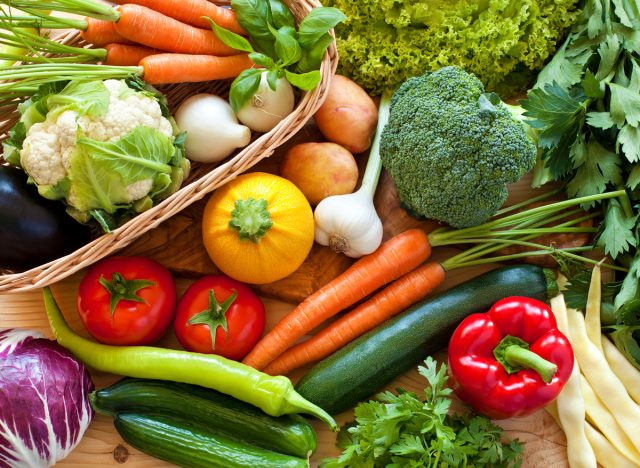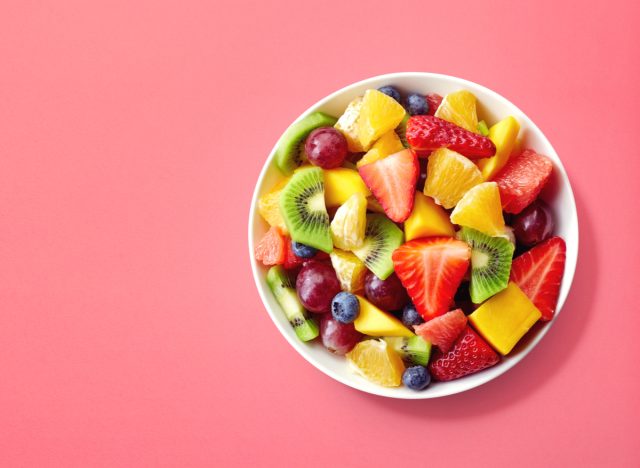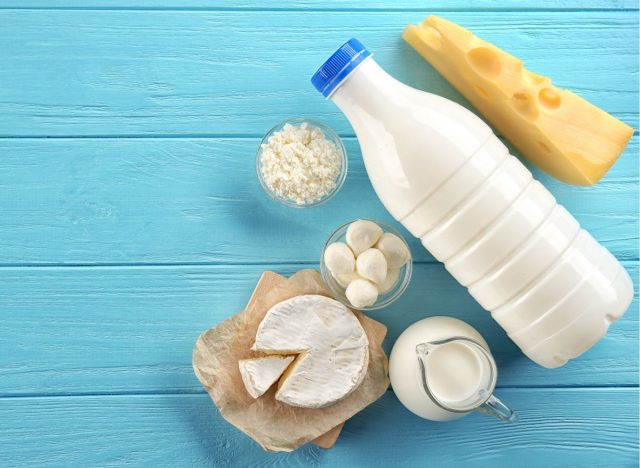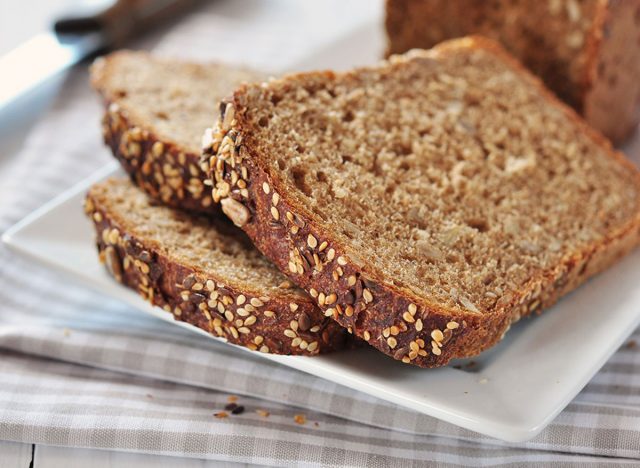Although it can stem from genetics, high blood pressure is a condition that can affect your body, potentially causing heart attacks and strokes. If you’re dealing with high blood pressure, chances are your doctor has tried to supply you with ways of lowering it, such as developing exercise routines and fixing what you eat and drink. It is possible to get your blood pressure down. However, it’s important you follow specific diets in order to lower your risk.
One diet, in particular, was actually meant to help lower blood pressure. According to Amy Goodson, MS, RD, CSSD, LD, author of The Sports Nutrition Playbook, the best diet to help lower blood pressure is the DASH Diet.
“The DASH Diet, or Dietary Approaches to Stop Hypertension, was designed to help individuals with high blood pressure lower it,” says Goodson. “High blood pressure is a risk for cardiovascular disease, the number one killer of men and women in the US. So, improving blood pressure is necessary for your heart.”
According to Goodson, the diet includes foods that are rich in calcium, potassium, and magnesium. These nutrients can help lower blood pressure and are also low in sodium, saturated fat, and added sugars. It also includes limiting sodium intake to between 1,500 and 2,300 milligrams a day.
The DASH Diet also encourages eating lean protein daily (such as fish, beans, and poultry) as well as multiple servings of healthy fat throughout the week. Healthy fats can include nuts, seeds, and healthy oils.
“A key recommendation is to eat less than 2,300 milligrams of sodium a day,” says Goodson. “While that might sound like a lot, the truth is that processed foods, restaurant food, and fast food are very high in sodium. And in some cases, just one food item can land you over 2,300 milligrams of sodium a day.”
Goodson suggests cooking at home and flavoring your foods with herbs and spices instead of salt, which will help cut back on sodium.
Along with reducing sodium intake, someone who is following the DASH Diet should also limit saturated and added sugars on a regular basis. Aside from dieting, they should also be exercising, as exercise can also help lower blood pressure.
If you are stumped for what you can eat on the DASH Diet, Goodson recommends some specific foods and portions (given the intake is 2,000 calories a day).


“The DASH Diet recommends eating 4 to 5 servings of veggies a day,” says Goodson. “Vegetables are high in nutrients and have no sodium, a common contributor to high blood pressure and thus unhealthy blood circulation.”
READ RELATED: CDC calls for older adults to get second booster dose despite push-back from many experts
As recommended before, Goodson suggests seasoning your vegetables with herbs and spices instead of salt.


One of the recommendations of the DASH Diet is to eat foods rich in potassium. Some examples include fruits like Medjool dates, bananas, berries, and avocado.
“The goal is to consume 4 to 5 servings a day on this eating pattern, with a serving of fruit being one medium fruit, a half-cup chopped, one cup of berries, or one-fourth cup of dried fruit,” says Goodson.


The DASH Diet also says that calcium could potentially help lower blood pressure and improve circulation. It is recommended to eat three servings of low-fat dairy a day because it could help provide you with the calcium you need.
A serving is considered one cup of low-fat milk or yogurt and 1.5 ounces of low-fat cheese.


Whole grains provide essential dietary fiber, which is important for lowering cholesterol levels and helping your body control blood sugar levels.
“The goal is to eat 6 to 8 servings of whole grains, with a serving being 1 slice of bread or a half-cup of a cooked grain like rice,” says Goodson.
Kayla Garritano
Source:









